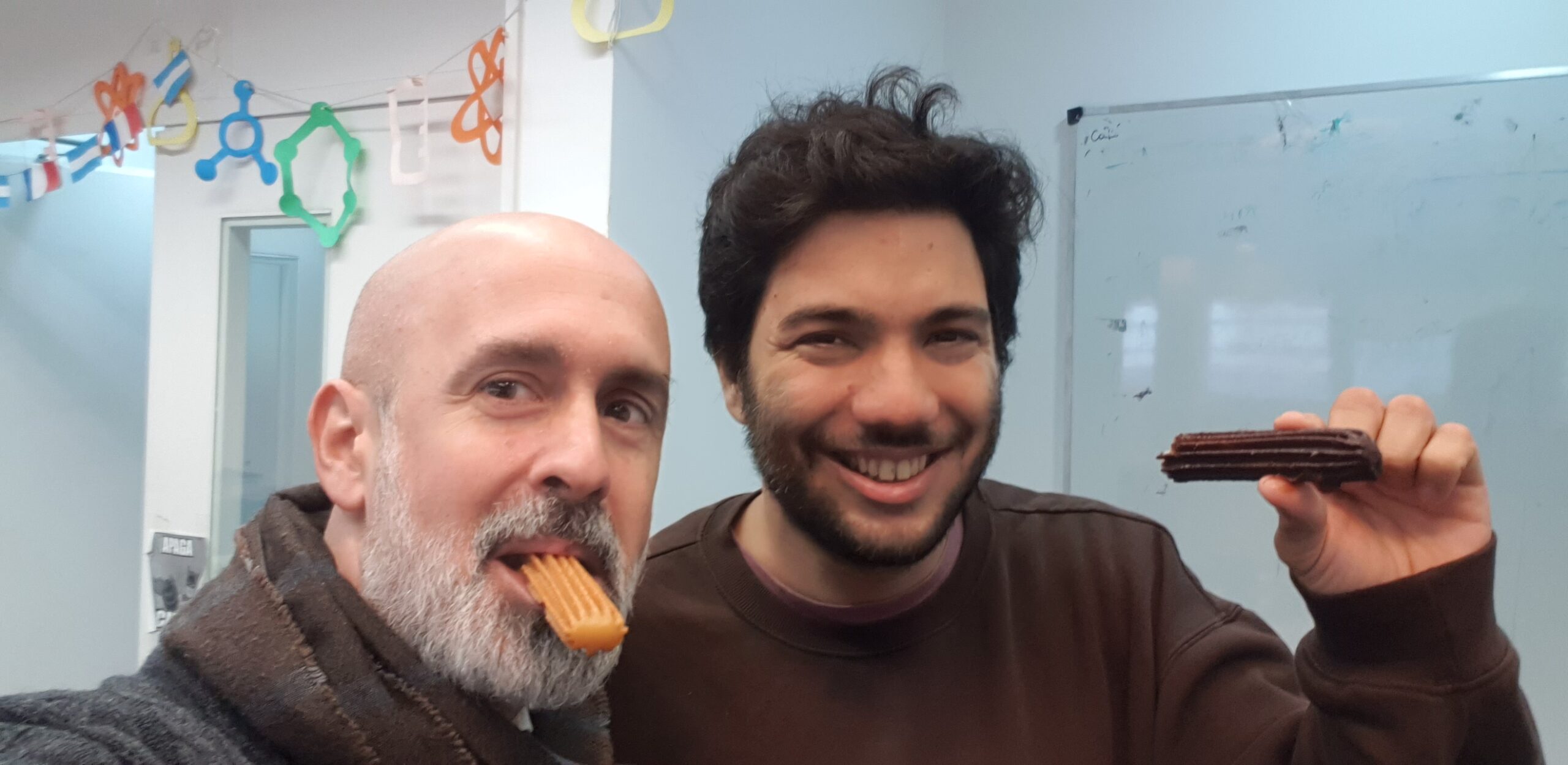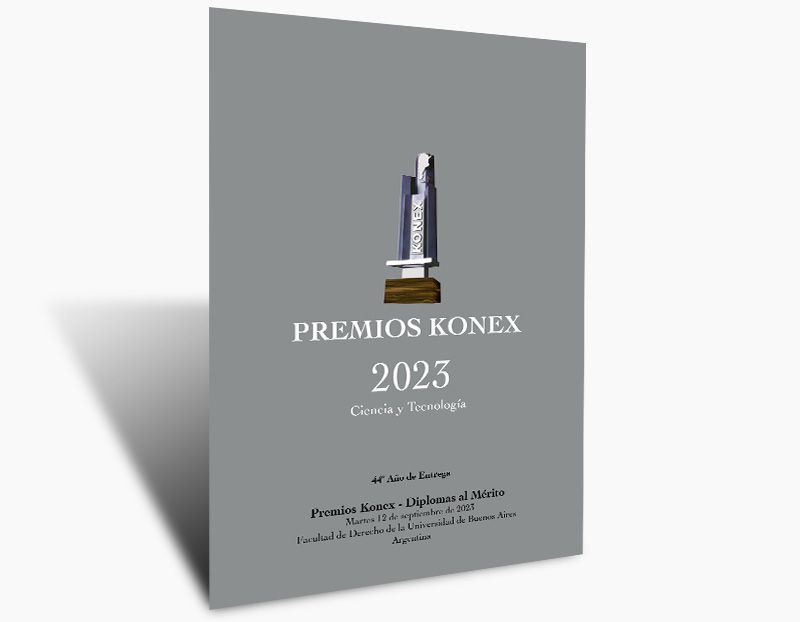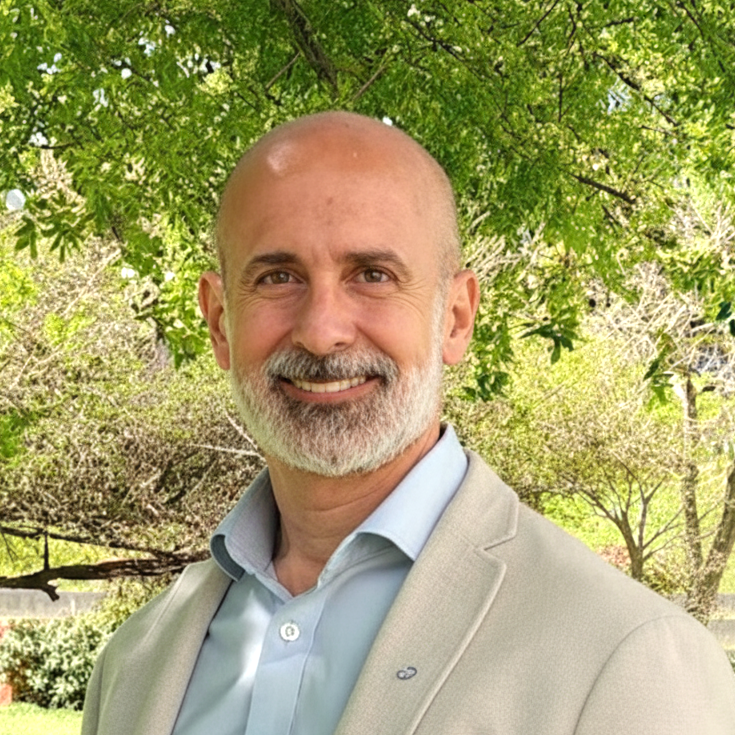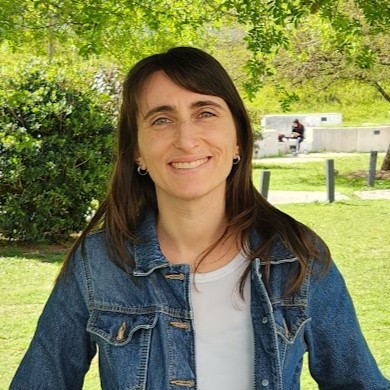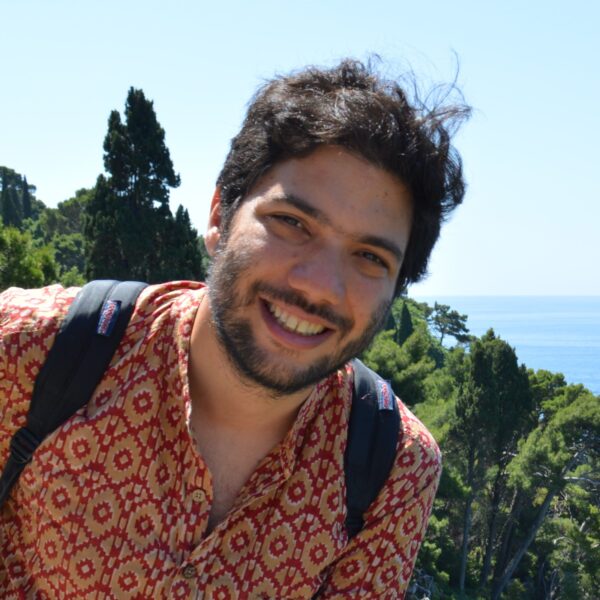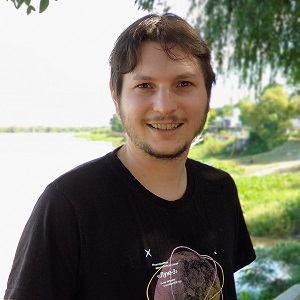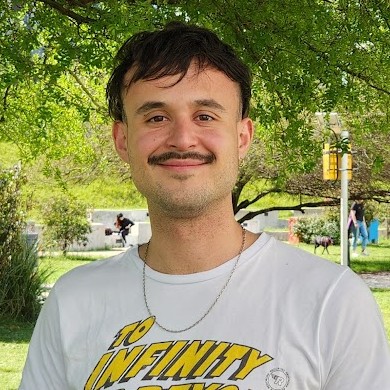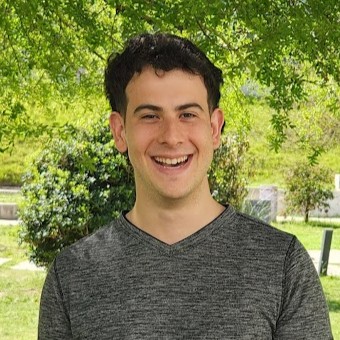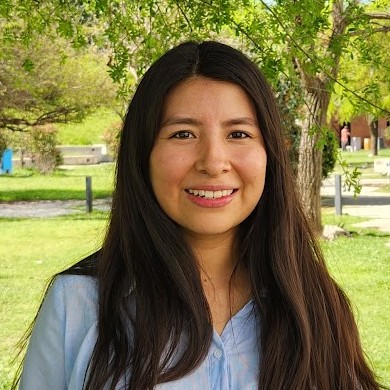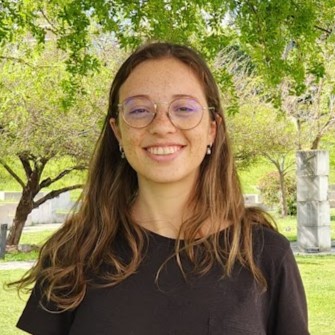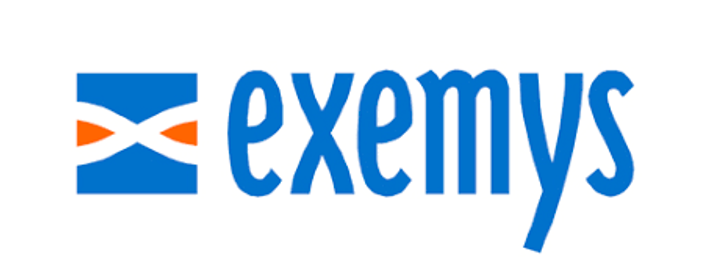Center for Bionanoscience Research (CIBION), National Scientific and Technical Research Council (CONICET)
Physics Department, Faculty of Exact and Natural Sciences, University of Buenos Aires (UBA)
Using optical methods, we explore the properties and technological applications of nanoparticles, single molecules, nanostructured materials, supramolecular assemblies, biological and hybrid nanosystems.
The Applied nanoPhysics Group was launched in October 2009 at the Physics Department, Faculty of Exact and Natural Sciences, of the University of Buenos Aires (UBA)
In 2012 we moved our labs to the Center for Bionanoscience Research (CIBION) of the National Scientific and Technical Research Council (CONICET), while Prof. Stefani still holds his position at the Physics Department of the University of Buenos Aires.
CURRENT RESEARCH ACTIVITIES
Fluorescence nanoscopy.
Super-resolution fluorescence microscopy, also known as fluorescence nanoscopy, has revolutionized biological imaging because they provide deep sub-wavelenght spatial resolution while keeping the low-invasiveness of far-field optical interrogation. We apply and optimize well-established methods like STED and STORM, and develop new ones, such as MINFLUX, and open-source software for fluorescence nanoscopy. With them, we address questions of cellular and neuronal biology.
Optical printing colloidal nanoparticles.
Colloidal chemistry enables the fabrication of nanoparticles of different shapes, sizes and material compositions, that exhibit unique physical and chemical properties, inexistent in bulk materials. In order to make use of those properties in devices and circuits, it is necessary to develope methods to bring the colloidal nanoparticles from the liquid phase to specific locations of solid substrates. We address this challenge using optical forces.
Self-assembled Nanophotonic Devices.
Semiconductor-based devices are approaching intrinsic limits of speed and heat dissipation.
Optical devices are faster and practically loss-less, but their size miniaturization is limited by the wavelength of light. Nanophotonics and Plasmonics deals with the manipulation of light at the nanoscale. We investigate light-matter interaction between single-photon emitters and metallic nanoparticles organized in nanodevices by self-assembly.
LATESTS NEWS
Alan is back!
Dr. Alan Szalai returns to our group after a succesful stay in the group of our collaborator Prof. Philip Tinnefeld Alan joins now as assistant researcher to start his career at CONICET. We are so happy to have Alan back with us. Undoubtedly, [...]
Anti-stokes thermometry of single Au/Pd nanoparticles
Metallic nanoparticles can be used as nanoheaters; they are very efficient converters of light energy into heat. However, accurate measurement of the temperatures reached by a metallic nanoparticle under illumination remains an open challenge, creating difficulties in the interpretation of results across plasmonic applications. Particularly, there is a quest for [...]
Tracking nanoscopic motion with minima of light
Many physical, chemical, and biological phenomena are determined by dynamical processes occurring at the nanoscale. Therefore, tracking (bio)molecules and nanoparticles with nanometric precision and high temporal resolution is a truly powerful discovery tool in various fields. When it comes to biology, tracking the motion and conformational changes of proteins lies [...]
Super-resolved FRET imaging by confocal single-molecule localization and lifetime
Fluorescence Resonance Energy Transfer (FRET)-based approaches are unique tools for sensing the immediate surroundings and interactions of (bio)molecules. FRET imaging and Fluorescence Lifetime Imaging Microscopy (FLIM) enable the visualization of the spatial distribution of molecular interactions and functional states. However, conventional FLIM and FRET imaging provide average information over an ensemble [...]
Celebrating achievements
Today we gathered after work to celebrate publications, grants and awards received by group members. Many thanks to Dr. Piotr Zdankowski for the delicious polish spirits!!
Konex Award 2023 to Prof. Fernando Stefani
Since 1980, every 10 years, the Konex Foundation (https://www.fundacionkonex.org/) recognizes 100 remarkable personalities or institutions of Argentina for their work over one decade in different areas: Sports, Show Business, Visual Arts, Science and Technology, Literature, Popular Music, Humanities, Comunication, Journalism, Community and Institutions, Enterprises, and Classical Music. This year [...]
Visit and course on Advanced Fluorecence Imaging at the University of Fribourg
Prof. Stefani was invited to the University of Fribourg to give lectures and supervise ongoing collaboration projects with Prof. Guillermo Acuna. In addition, Prof. Stefani gave a short course on Advanced Fluorescence Imaging for graduate and undergraduate students of the University of Fribourg and the University of [...]
Lecture at the MPI for Multidisciplinary Sciences hosted by Prof. Stefan Hell and with the company of the great Dr. Tom Jovin
Prof. Stefan Hell invited Prof. Stefani to give a lecture at the Max Planck Institute for Multidisciplinary Sciences on the latest advances on super-resolution microscopy with sub-10 nm resolution. This was the first meeting in person after the COVID-19 pandemic with long term collaborators and mentors of [...]
COLLABORATORS
STEFAN HELL
Max-Planck-Institute for Biophysical Chemistry (Göttingen, Germany)
THOMAS JOVIN
Max-Planck-Institute for Biophysical Chemistry (Göttingen, Germany)
ALFREDO CÁCERES
Instituto Universitario de Ciencias Biomédidas de Córdoba (Córdoba, Argentina)
PHILIP TINNEFELD
Ludwig-Maximilians-University Munich (Germany)
GUILLERMO ACUNA
University of Fribourg (Switzerland)
ANDRÉS ZELCER
Centro de Investigaciones en Bionanociencias (Buenos Aires, Argentina)
ANDREA BRAGAS
University of Buenos Aires (Argentina)
DARÍO KRAPF
Instituto de Biología Molecular y Celular de Rosario (IBR – Santa Fe, Argentina)
SABRINA SIMONCELLI
University College London (UK)
DAMIAN REFOJO
Biomedicine Research Institute of Buenos Aires (Argentina)
RODRIGO PALACIOS
Universidad Nacional de Río Cuarto (Córdoba, Argentina)
OSCAR CAMPETELLA
Universidad Nacional de General San Martín (Buenos Aires, Argentina)

